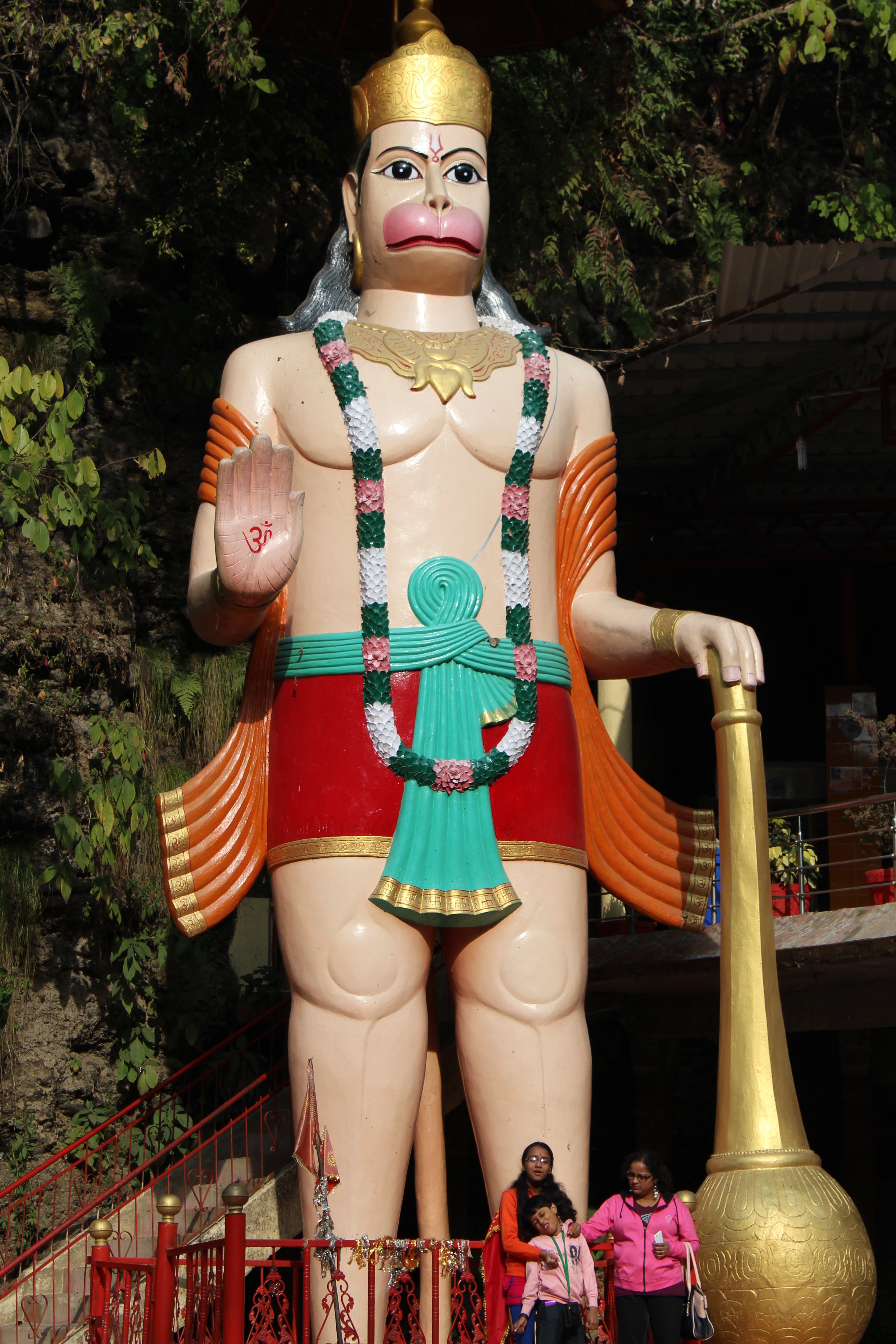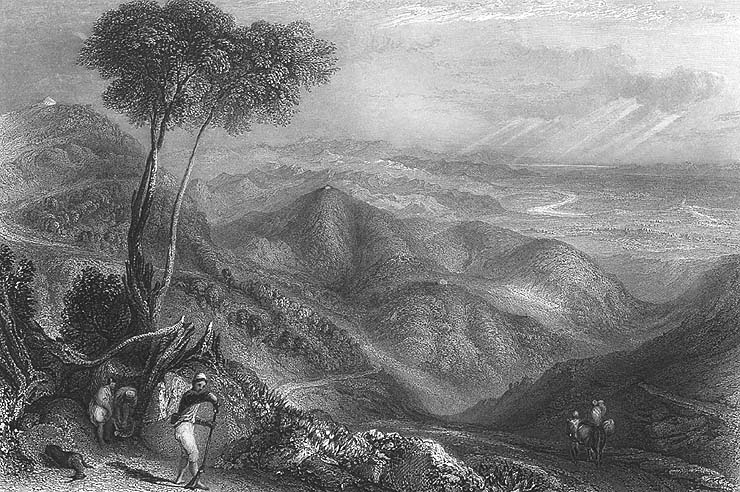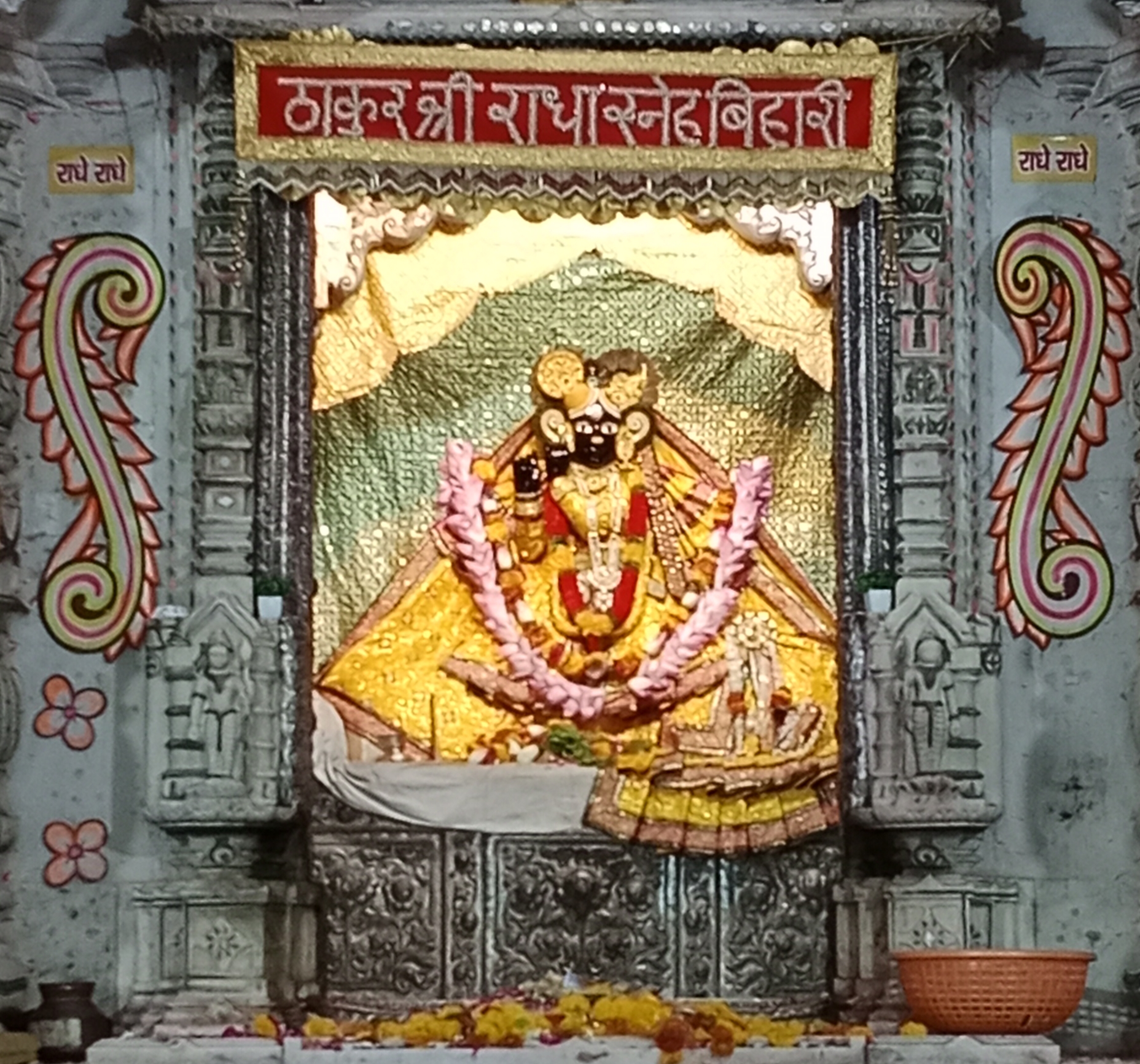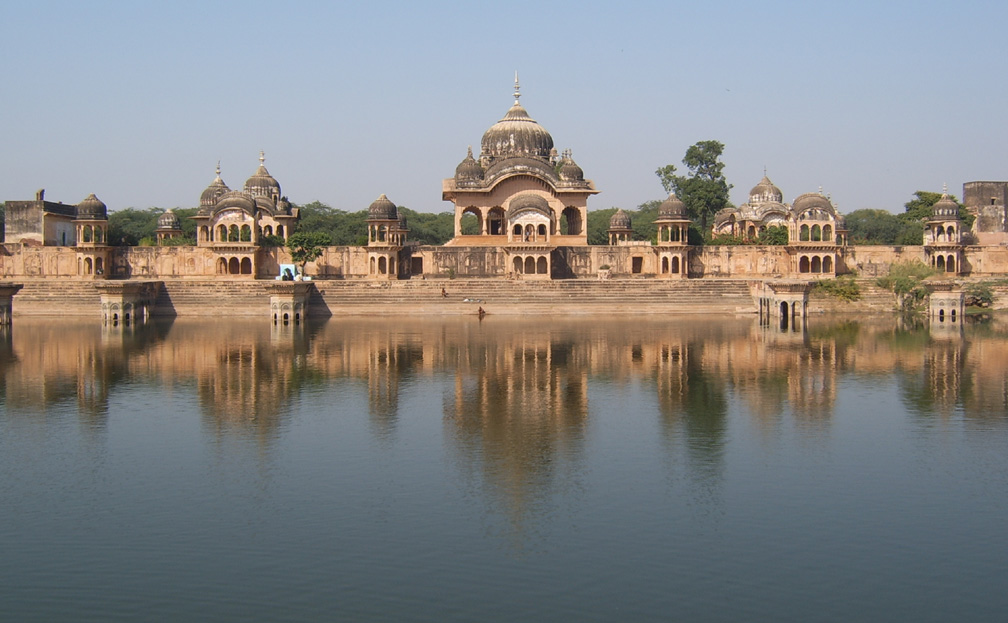The Dehra Mandir stands as a profound testament to the intricate spiritual and cultural landscape of Mewat, a region steeped in centuries of religious complexity and historical depth. Located in the heart of Firozpur Jhirka, this sacred site embodies the nuanced religious traditions that have long characterized this culturally rich territory. The temple represents more than a mere architectural structure; it is a living narrative of spiritual continuity and cultural resilience.
The religious significance of this sacred space transcends simple architectural description, weaving together intricate threads of local mythology, devotional practices, and communal memory. Generations have invested their spiritual hopes and ancestral reverence into this hallowed ground, creating a repository of collective religious experience that extends far beyond its physical boundaries. The temple's very existence speaks to the enduring power of faith in a region marked by profound cultural transformations.
Mewat's historical context provides a crucial backdrop to understanding the Dehra Mandir's deeper significance. This region has long been a crossroads of religious and cultural interactions, where diverse spiritual traditions have converged, competed, and ultimately coexisted. The temple emerges not just as a religious structure, but as a complex symbol of the region's multifaceted spiritual heritage, reflecting layers of historical negotiation and cultural adaptation.
The architectural elements of the Dehra Mandir, while understated, carry profound symbolic meanings rooted in local architectural traditions. Constructed using techniques passed down through generations, the temple reflects a deep connection to local craftsmanship and spiritual aesthetics. Each architectural detail represents a dialogue between human creativity and divine inspiration, telling silent stories of devotion and cultural continuity.
Religious narratives surrounding the temple are particularly compelling, revealing the deep spiritual imagination of the local community. Tales of miraculous interventions, divine manifestations, and sacred encounters have been woven into the temple's mythology, transforming it from a mere physical structure into a living spiritual entity. These stories serve not just as religious folklore but as crucial mechanisms for preserving cultural memory and spiritual identity.
The socio-religious dynamics of the region have profoundly influenced the Dehra Mandir's evolution. Throughout different historical periods—from pre-Mughal times through colonial interventions to contemporary moments—the temple has remained a critical site of cultural and spiritual significance. It represents a continuous thread of religious practice, adapting yet maintaining its core spiritual essence through changing social landscapes.
Community engagement with the temple transcends simple religious observance, embodying broader cultural practices of collective spiritual experience. Local festivals, ritual practices, and communal gatherings have historically transformed this space into more than a religious site—it becomes a crucial arena for social interaction, cultural preservation, and collective memory. The temple serves as a living archive of community traditions and spiritual aspirations.
Contemporary preservation efforts recognize the Dehra Mandir's importance not just as a religious monument but as a critical piece of cultural heritage. State-level conservation initiatives aim to protect and restore this significant site, understanding its value extends beyond religious significance into broader historical and anthropological domains. These efforts represent a commitment to preserving the rich, complex spiritual narrative embedded in this sacred space.






